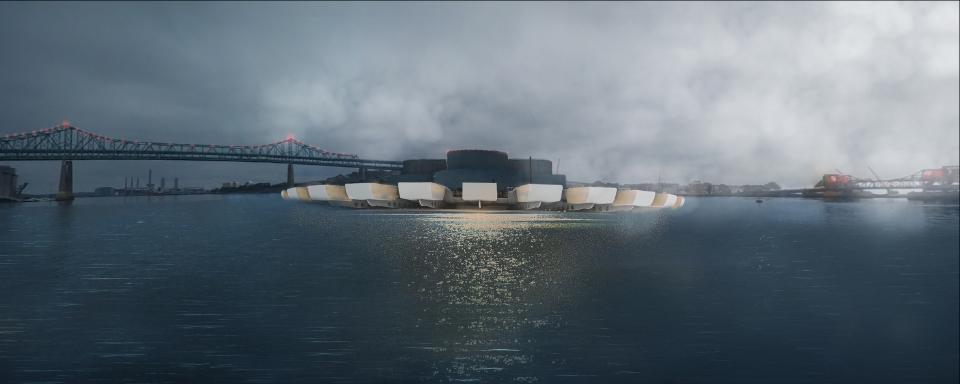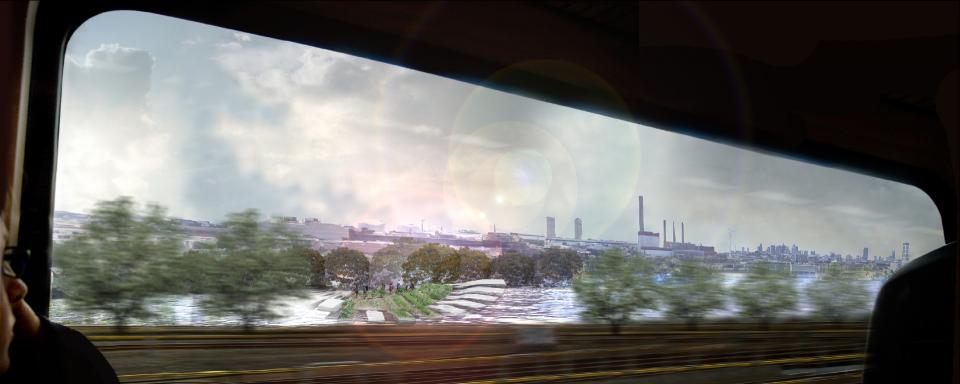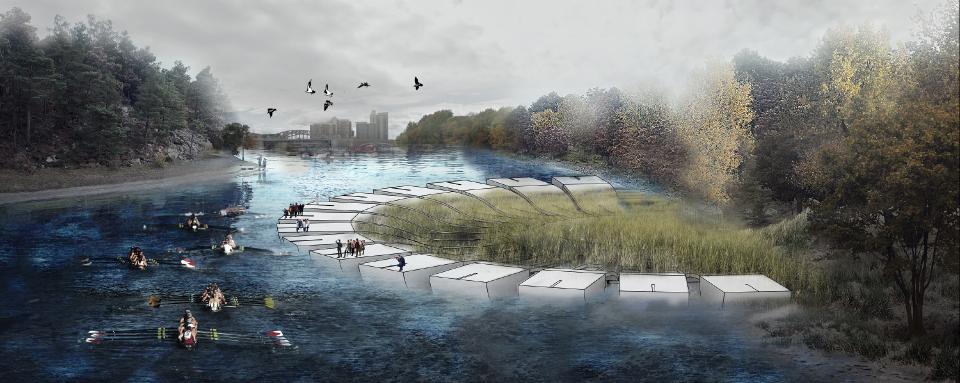Huachen
Zhang
Image

Image
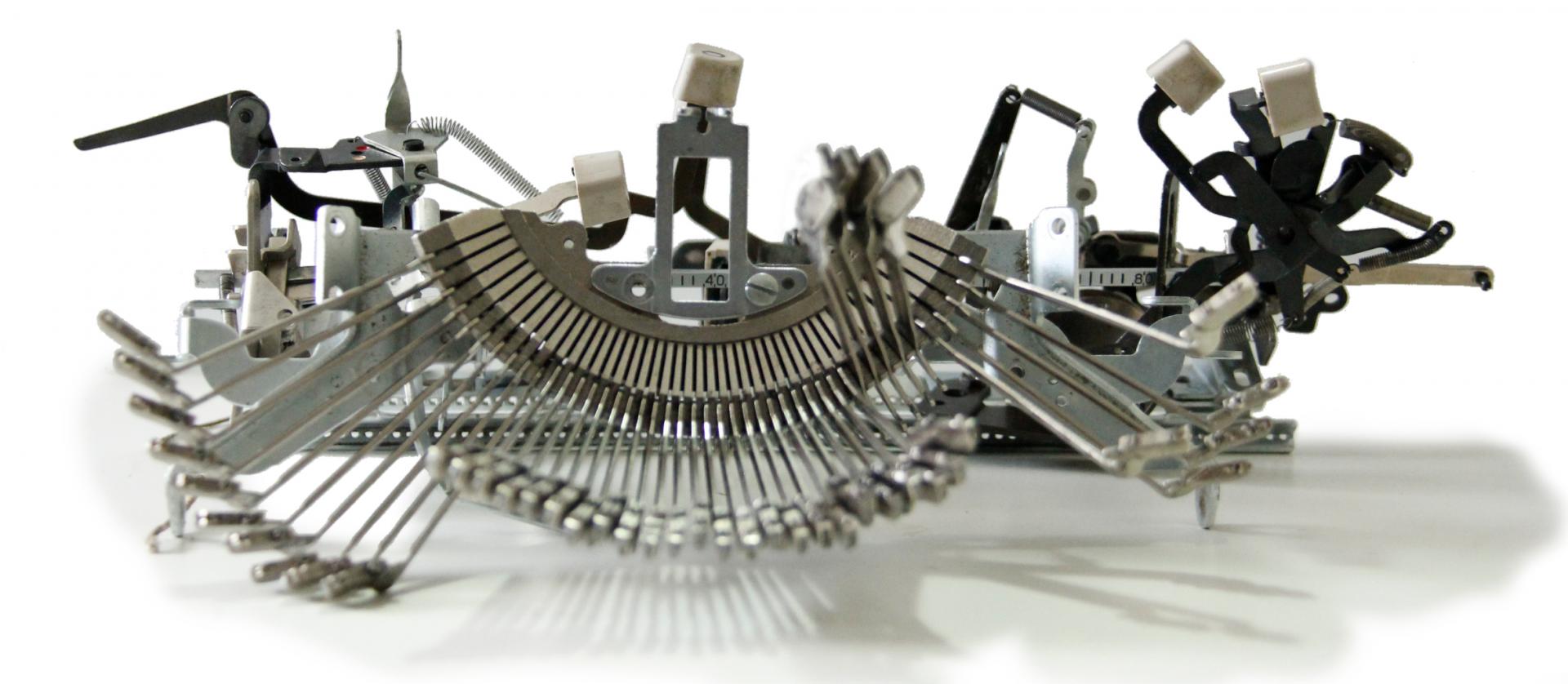
Fluid Urbanism
Fluid Urbanism
Imagine the Future Boston City Morphology Change Based on the Autonomous Vehicle Concept
Have you ever try to imagine the future city? We, humans, are not limited in our ability to imagine what our future might be. Scientists, architects, urban planners, artists, science-fiction novelists all have dreamed of the futurist cityscape.
In the mid-18 century, the First Industrial Revolution started in Britain bringing in steam engine and innovations. People flocked to cities to work and reduced the centered around villages, farming and the local crafting of goods.
During the Second Industrial Revolution in the 1870s, the United States further developed the automobile. and in 1911 Henry Ford introduced prodcution lines into automoblie industry. Cars became more widespread around the 1920s and 30s and afffordable only after WWII (which is also when road networks were being improved and expanded, and highways being built). Since then automobile became the symbol of freedom, independence, and mobility in the US. The living area and working place are largely extended. Living here, working there, shopping elsewhere is no longer a dream. Streets become broader and wider to allow not carriages and horses, but automobiles. Therefore, horses and carriages were gradually forced to step out of the transportation system.
Image Above
Second Stage of Typewriter Reassemble
Image
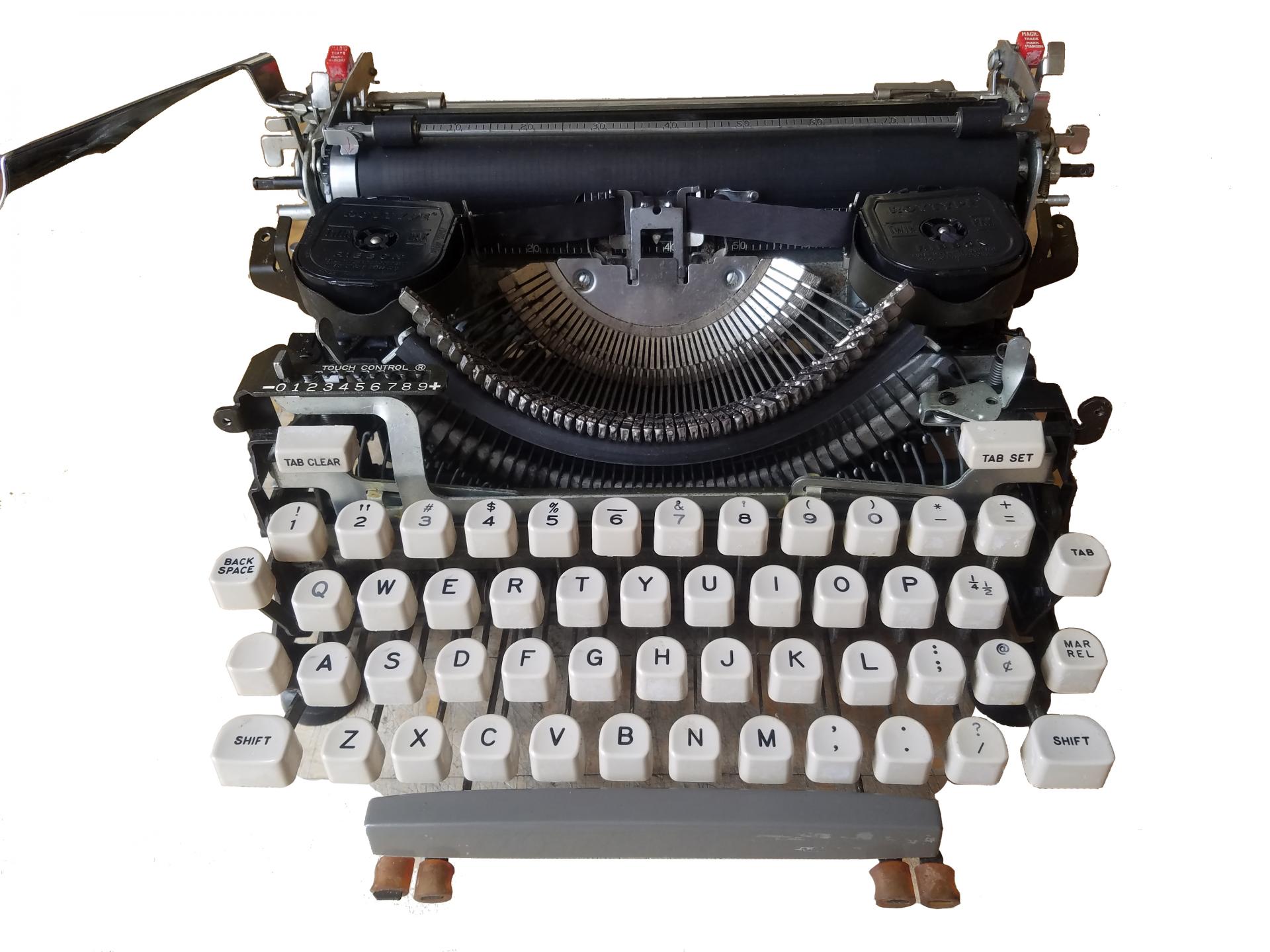
First Stage of Typewriter Deconstruction
Since the 1930s, German expressionist envisioned the future city as a giant working machine in the movie Metropolis. It was being shown as a piece of great social inequality and oppression, the negative side of urbanization. It draws influence from Bauhaus, Cubist, and Futurist design, which opens the door of imagination, letting people take a peek of the future city and at the same time critique of urbanization and industrialization. How to plan and build our city to a more people-centered, not machine-centered had been considered.
In the 1930s to 1950s, many highways network was built in the US. Frank Lloyd Wright developed an urban design theory called Broadacre City influenced by earlier garden city ideas of the landscape architect Frederick Law Olmsted and the urban planner Ebenezer Howard. It depicted a city separate all across the country connected with highways and automobiles. It was acutally a form of suburban sprawl which reduced citizen's life quality.
As we stepped into the 2020s, technologies keep emerging, such as the autonomous vehicle. We can already foresee some of the future cityscapes. Some of the largest vehicle manufactures have already road-tested their autonomous vehicles and shifted their focus to electronic powered vehicles. So what will the future city look like with new autonomous vehicle technology? What does an autonomous vehicle acutally mean? What's the potential of this technology? In my thesis, I am not focusing on the impact of existing autonomous technology, but am trying to dig deeper and find its fuller potential. In my thesis autonomous technology as a stepping stone to imagine how our future cities might perform and how their morphology could begin to evolve.
Images
First Stage of Typewriter Reassemble
Second Stage of Typewriter Deconstruction
Second Stage of Typewriter Reassemble
Image
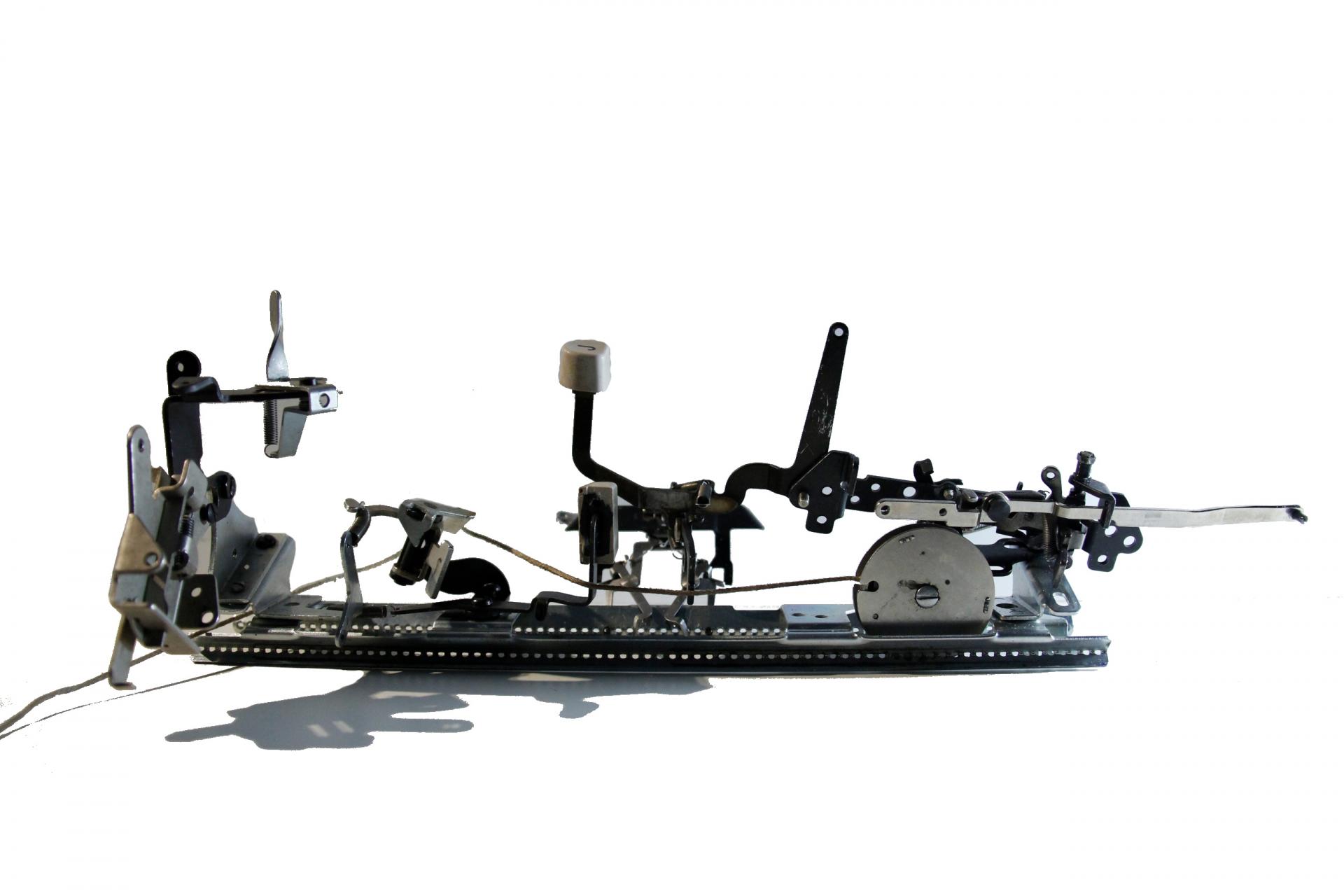
Image
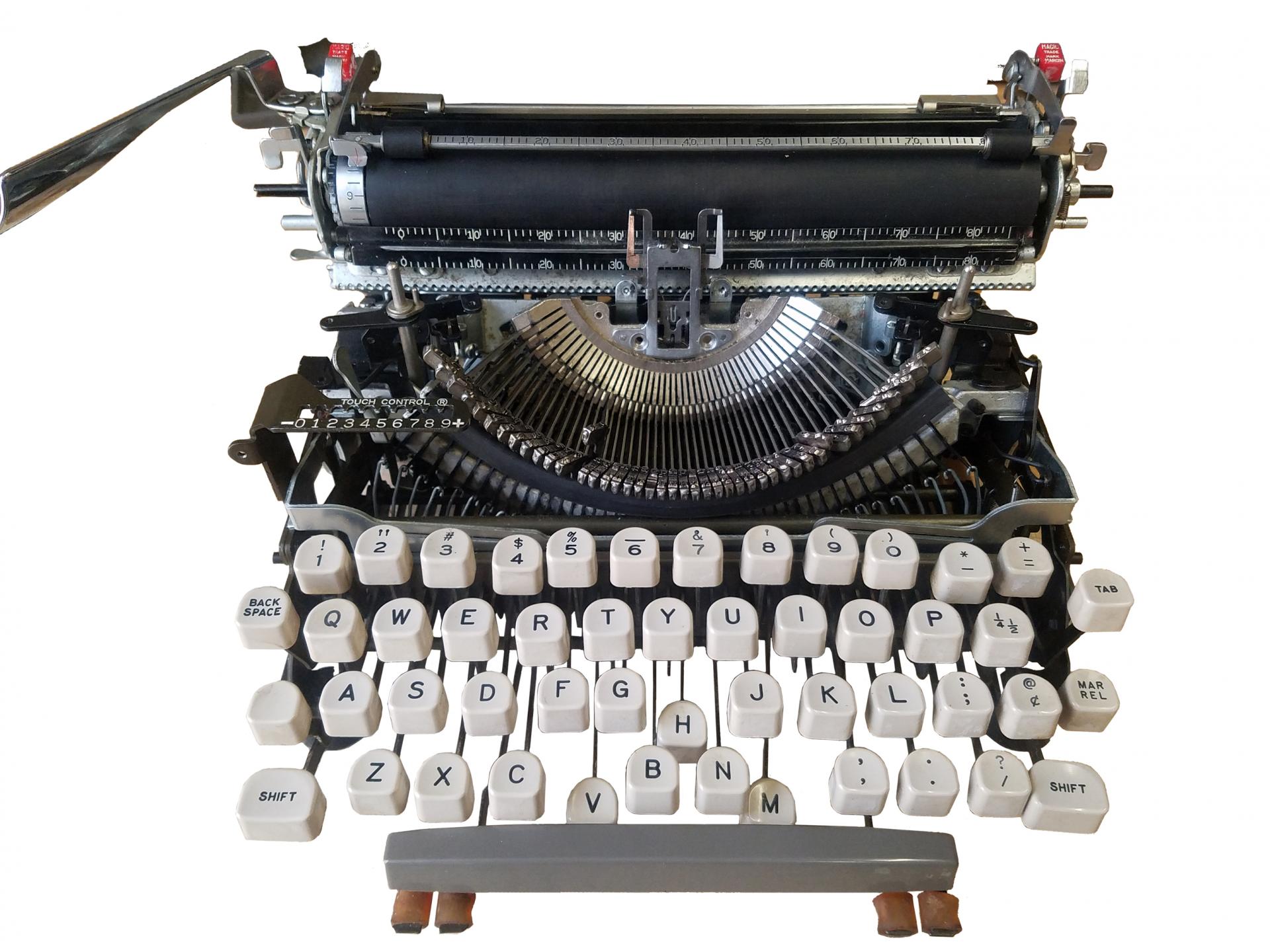
Image

Image

Final Stage of Typewriter Deconstruction
Image

Final Stage of Typewriter Reassemble
Image
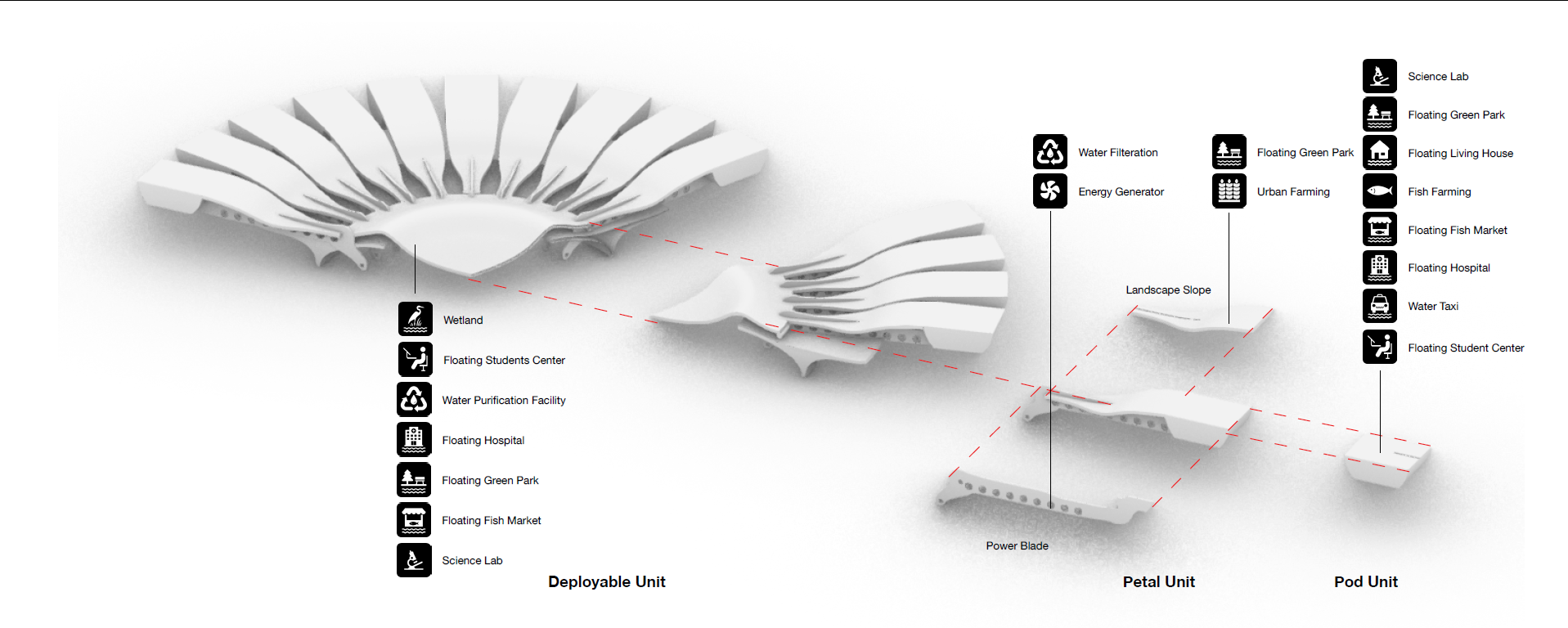
Final Form Abstracted from Typewriter
Methodology
To study the internal working logic of a city, I use typewriter as a metopher to represent city transportation system. The type writing machine has many similarities with city. They all have many systems to be functional. They all have certain accuracy as well as consistency. It's an organized complex system to have certain fault-tolerant.
Therefore, I deconstruct the Royal brand typewriter and study its systems, sub-systems, and its component elements. Using those component elements to reconstruct a new 'working machine'. By comparing that new machine with the original one, study which system has been changed and which system stay static. The unchanged system can be a reference as the future city transportation system.
Image
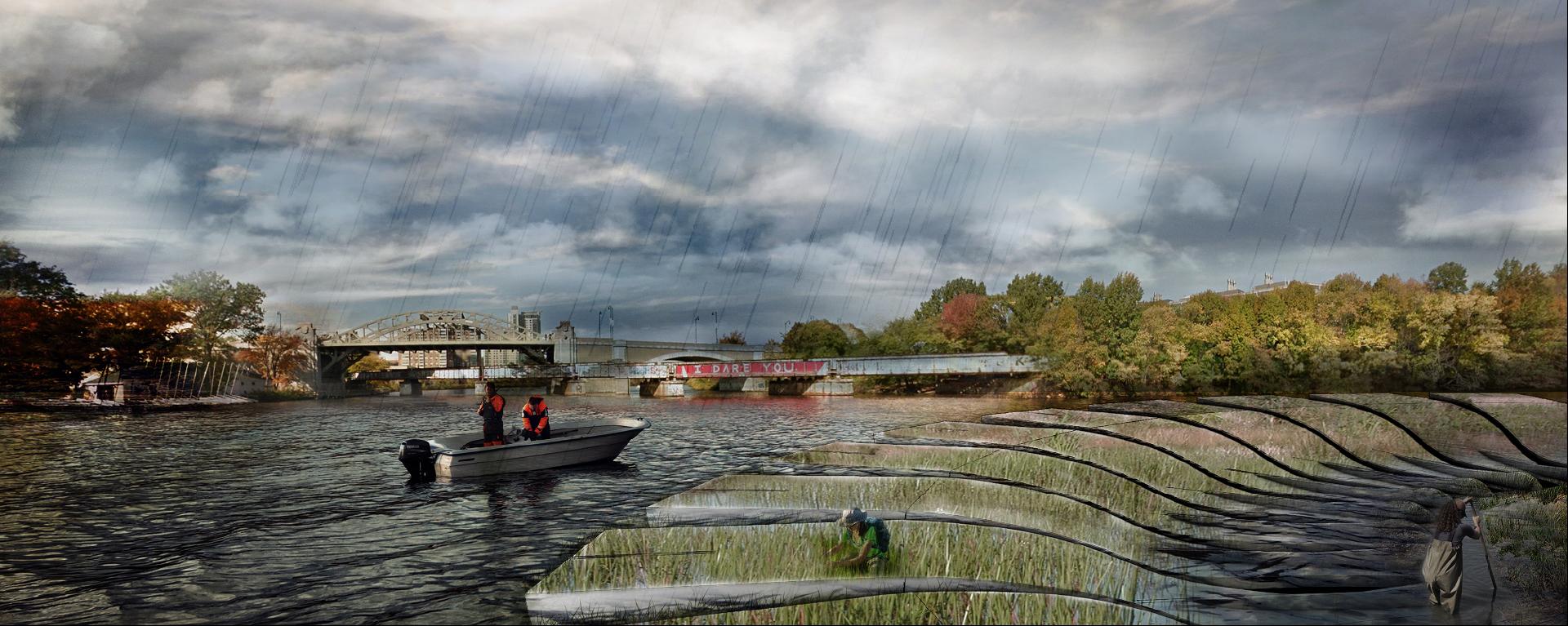
Perspective 1
Image
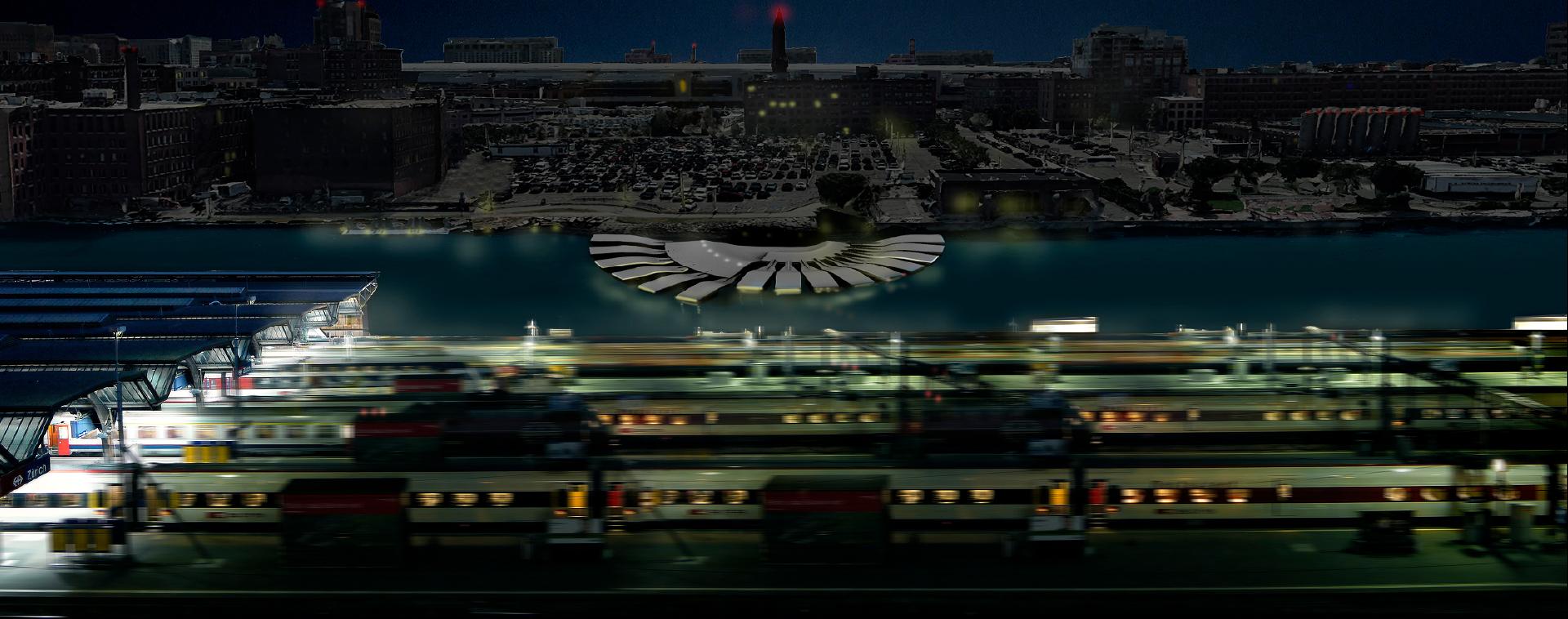
Perspective 2
Perspective 3
Image
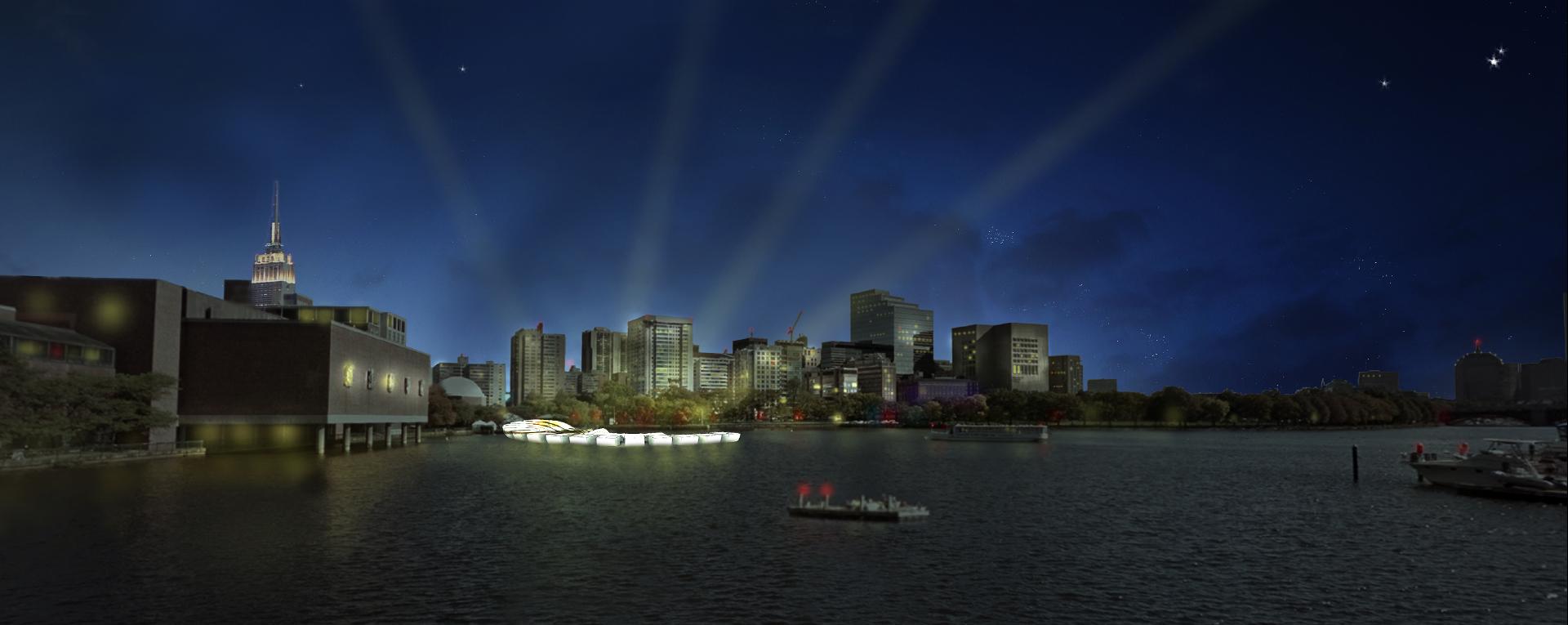
My name is Huachen Zhang. Hua in ancient Chinese means flower. I think that’s the reason why I study landscape architecture for both master and bachelor. I am pursuing a master's degree in Rhode Island School of Design. Before that, I already had my bachelor's degree in Chongqing, China. I am a big fan of hand-made models. When I was a child, I would like to make airplane models. Polishing the pinewood for plane wings by sandpapers. The smell of the pinewood always enchants me. I like to experience the outer world with my own hands and by my own body. I believe that everything is all connected to everything else. To connect the dots, to find the interrelationship of systems, asking people, observing phenomenons, sniffing the soil, hearing the sound, walking in the field, running in the rain, wandering in the forest, making stuff in the world.
